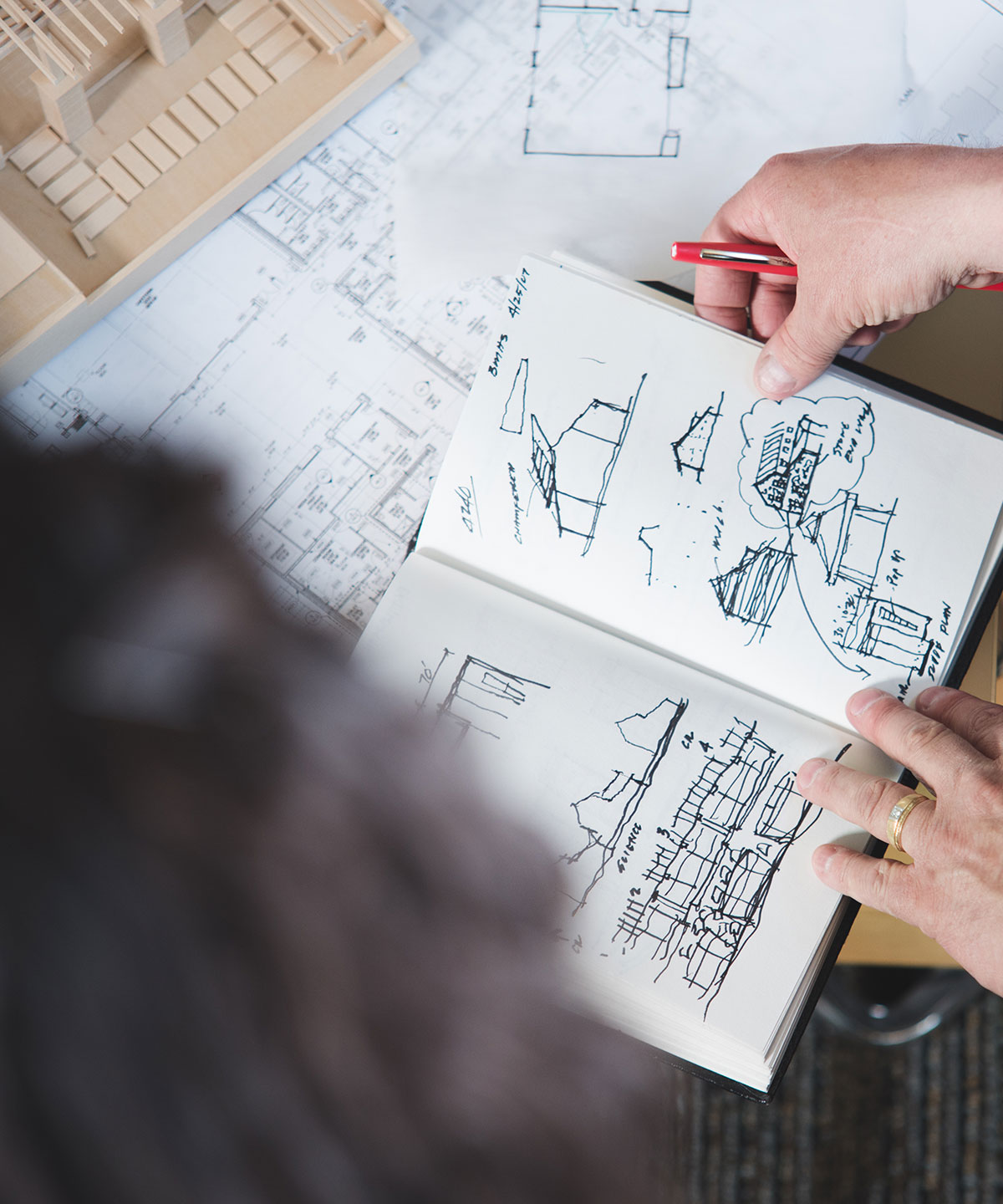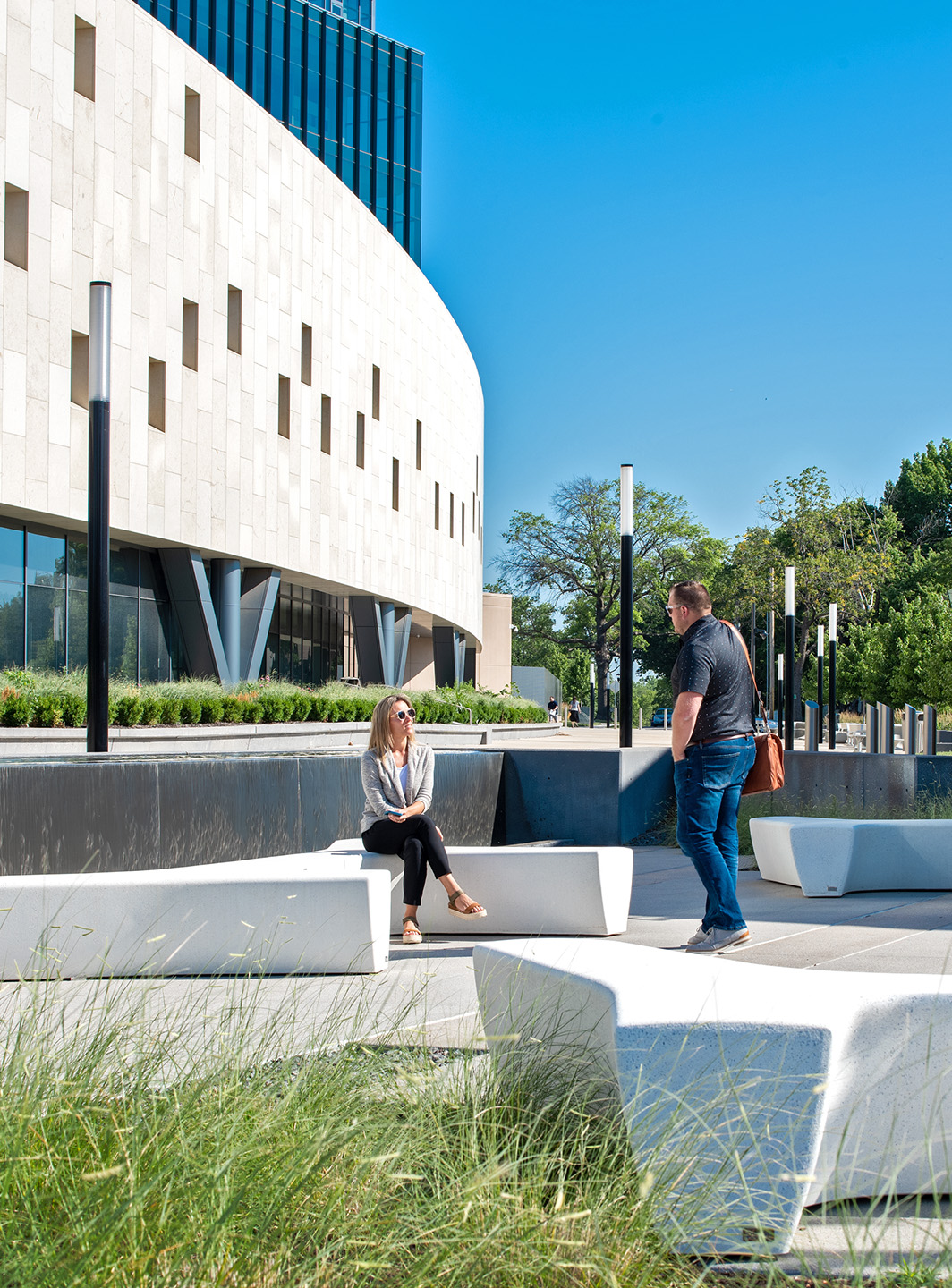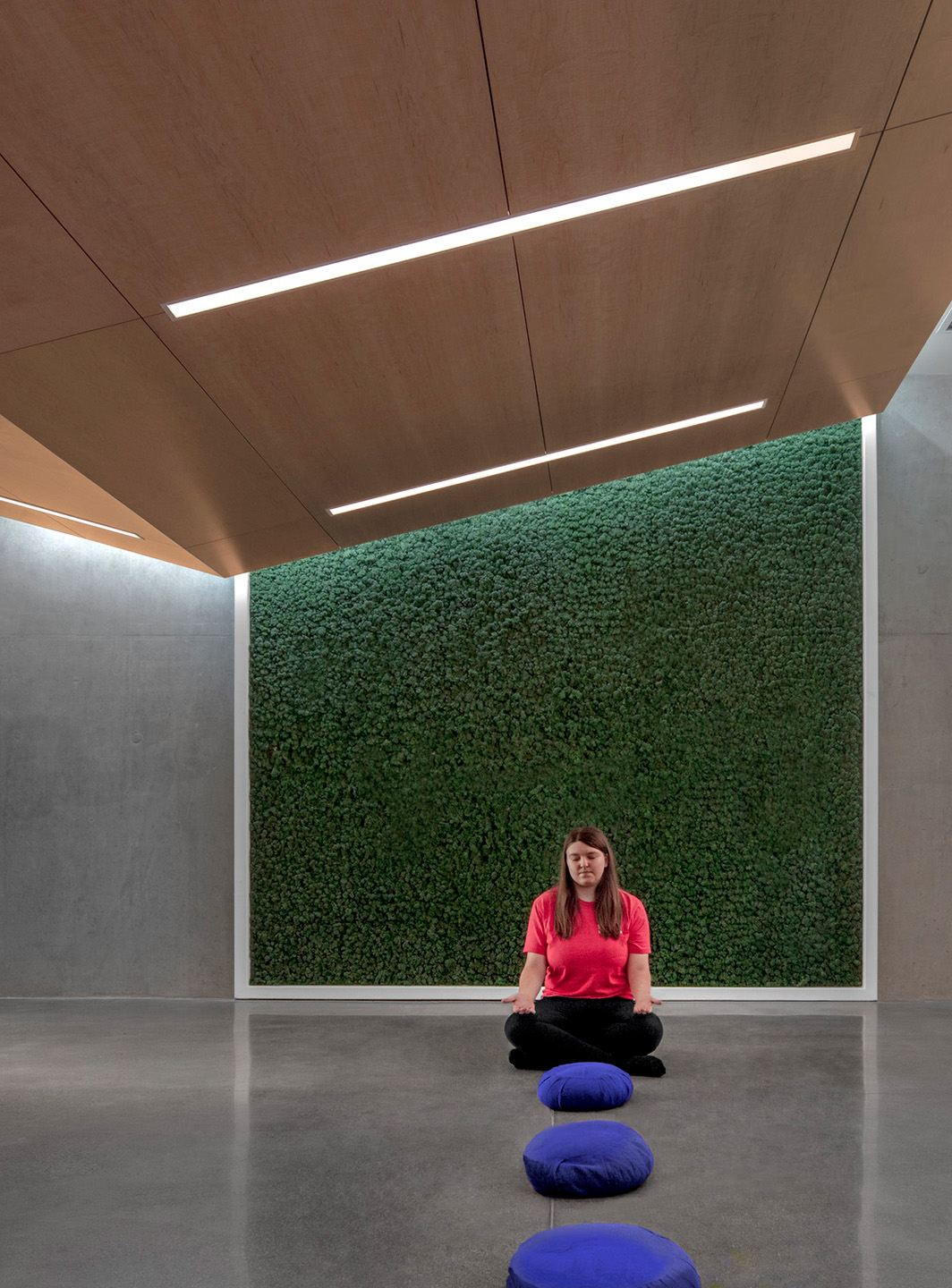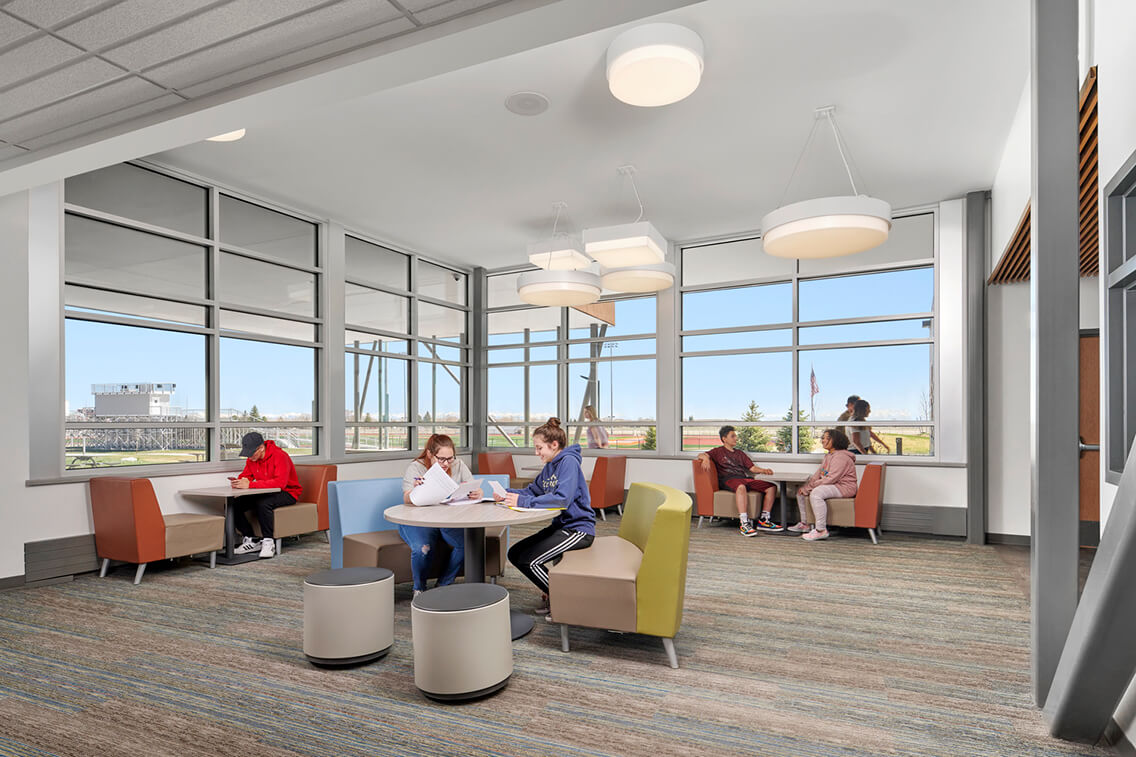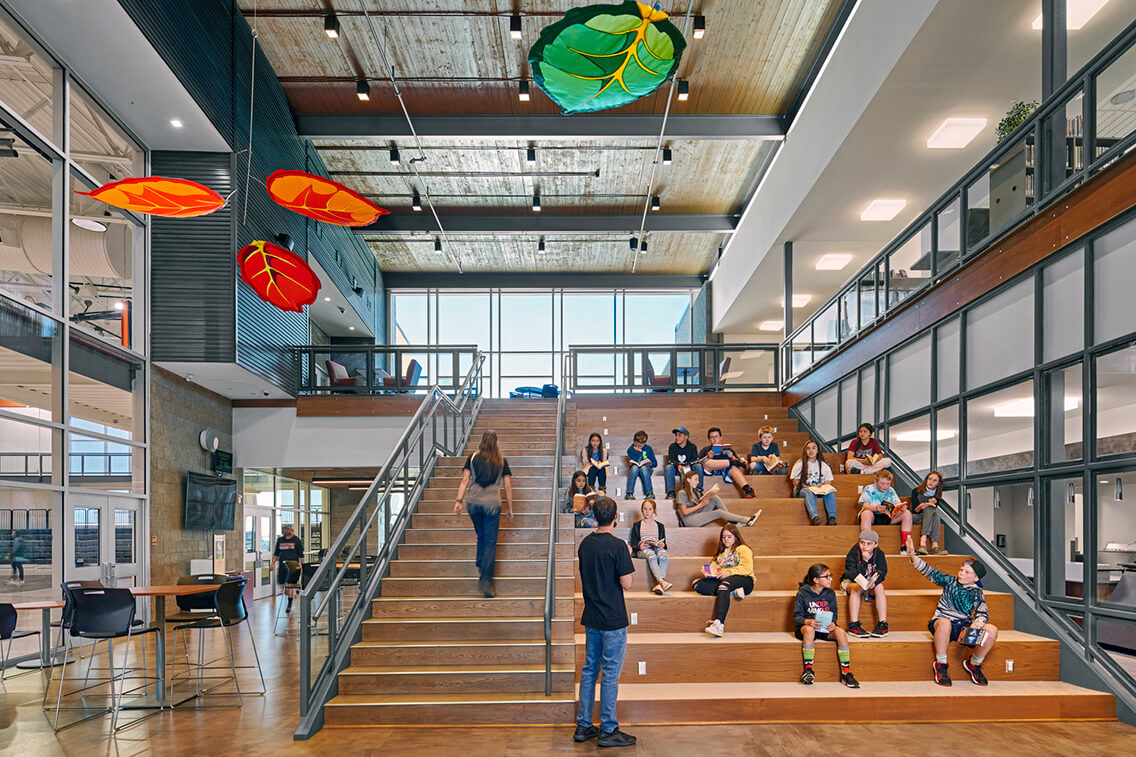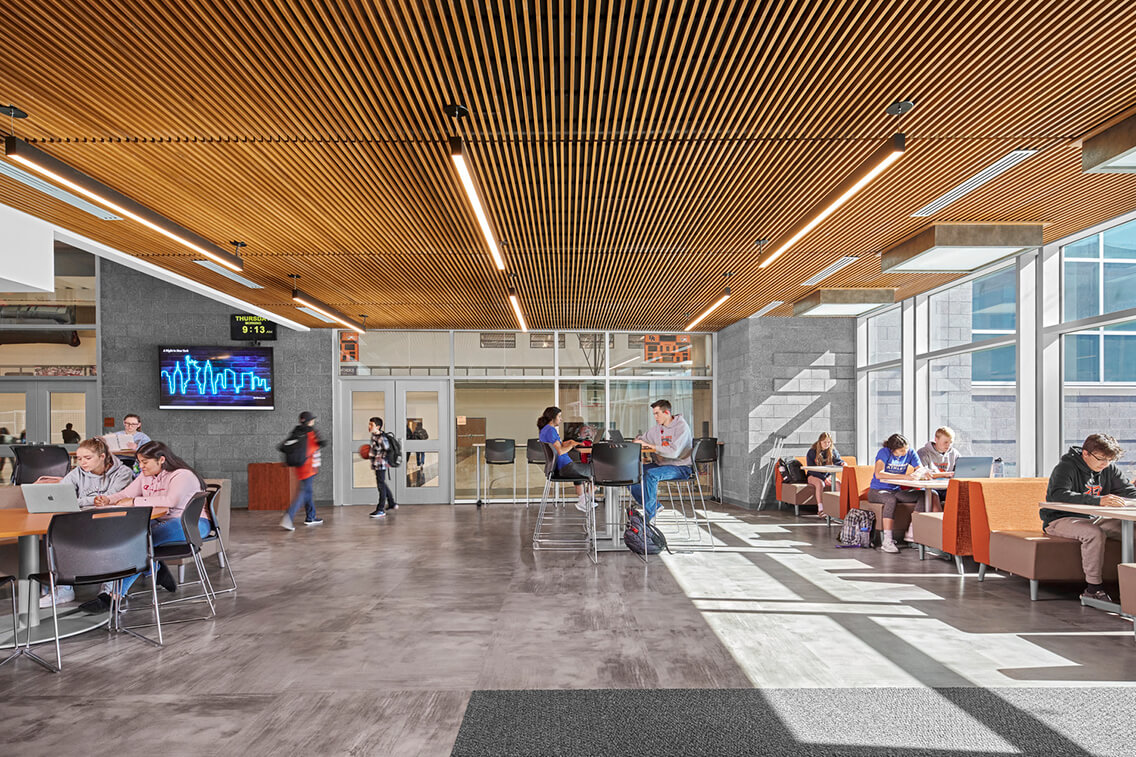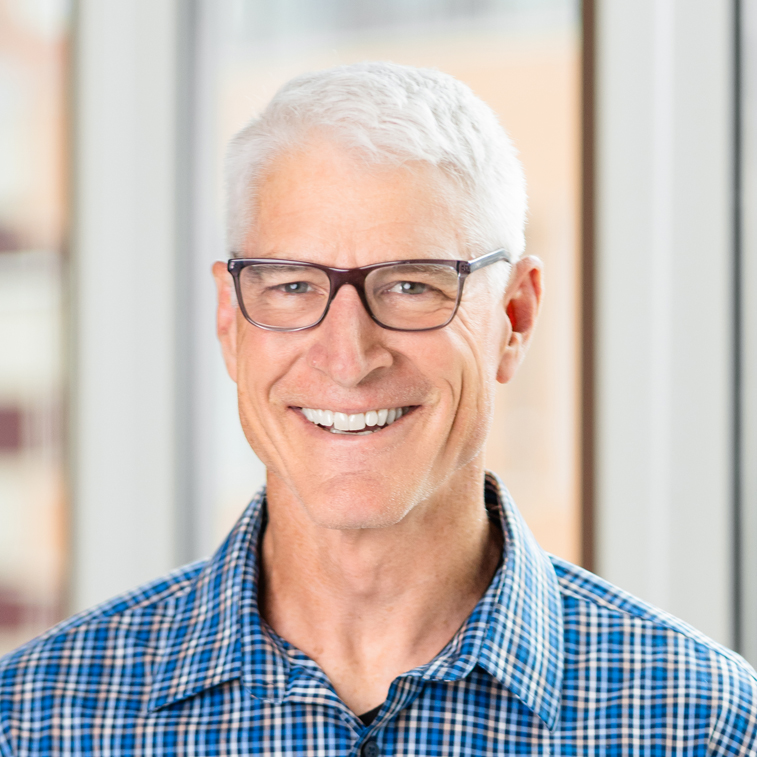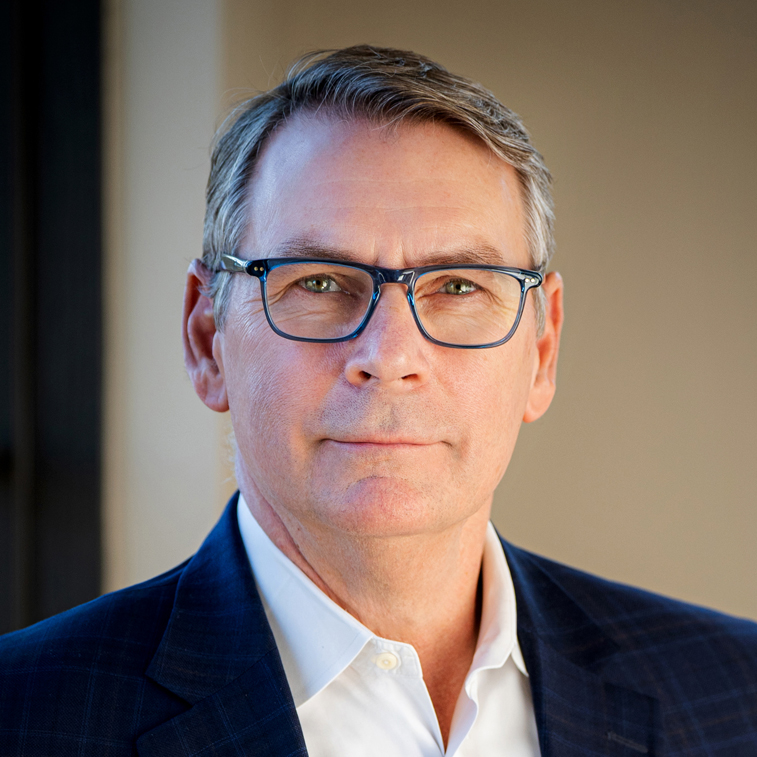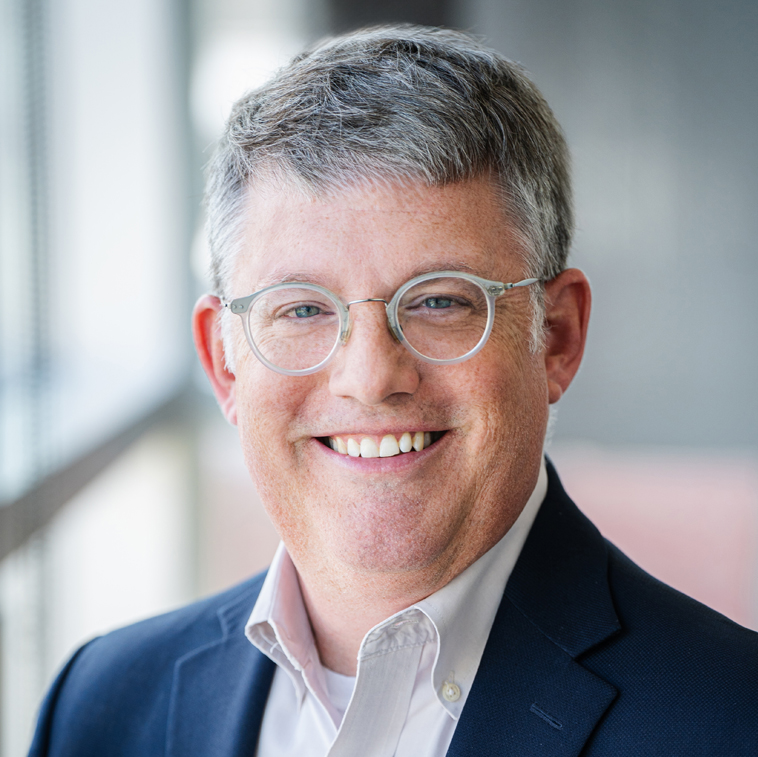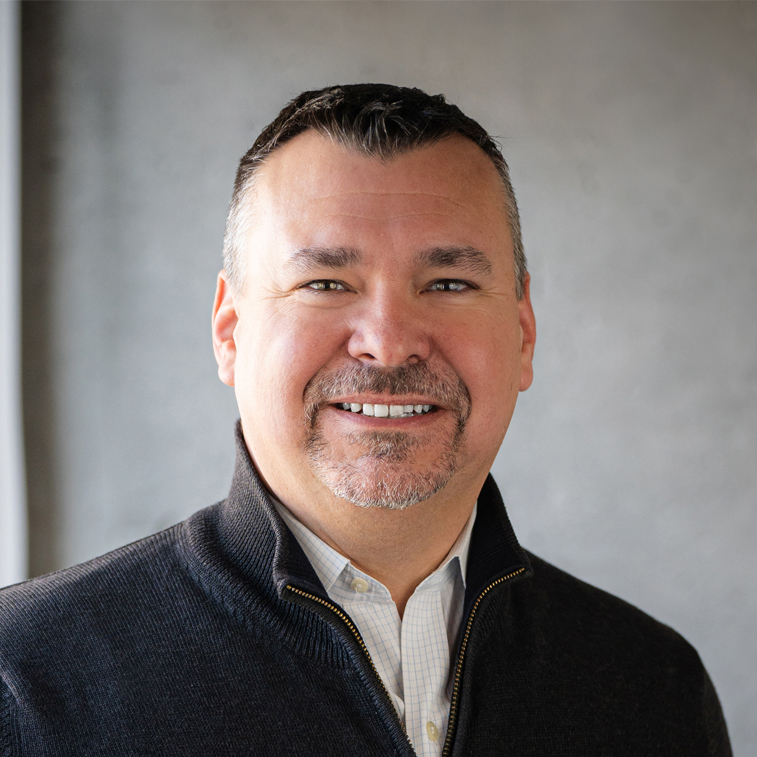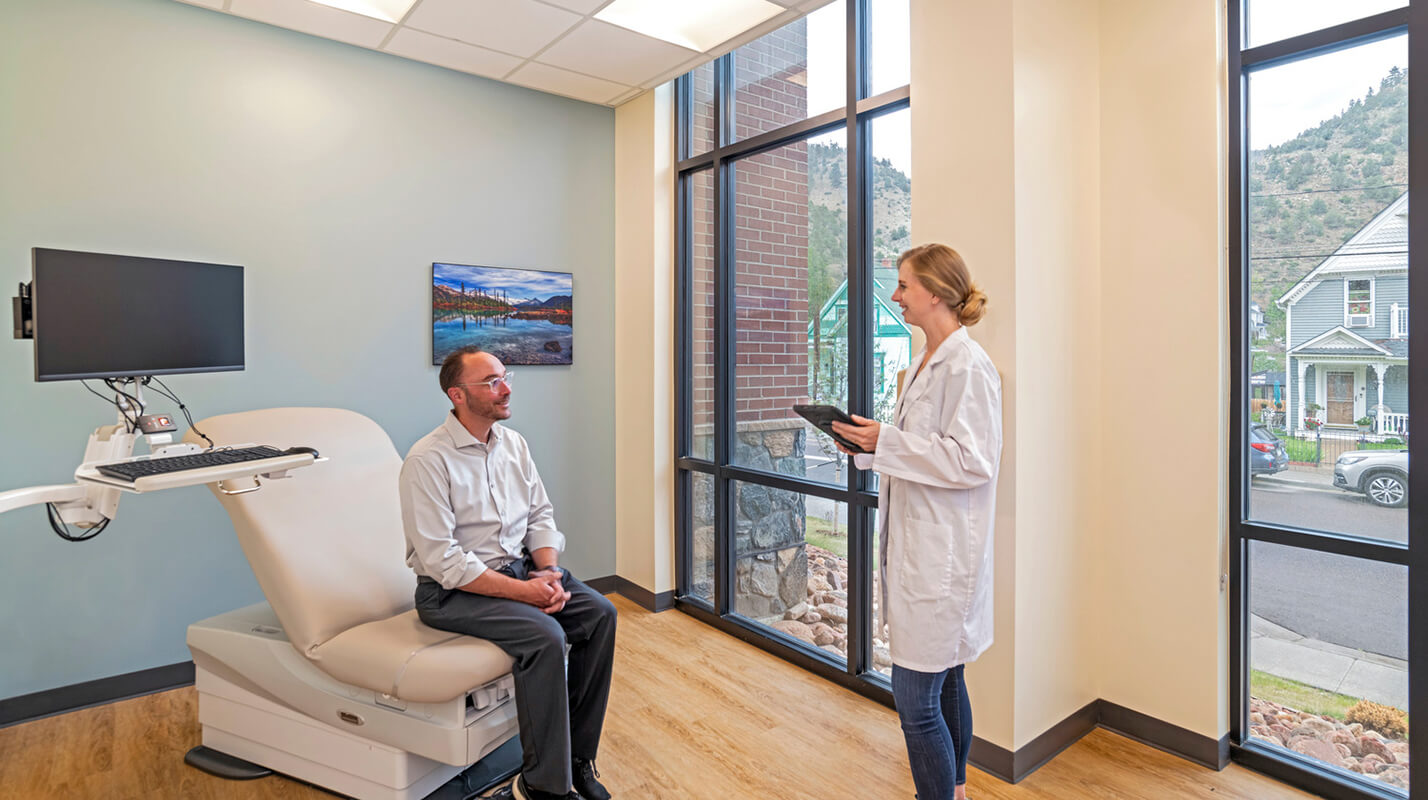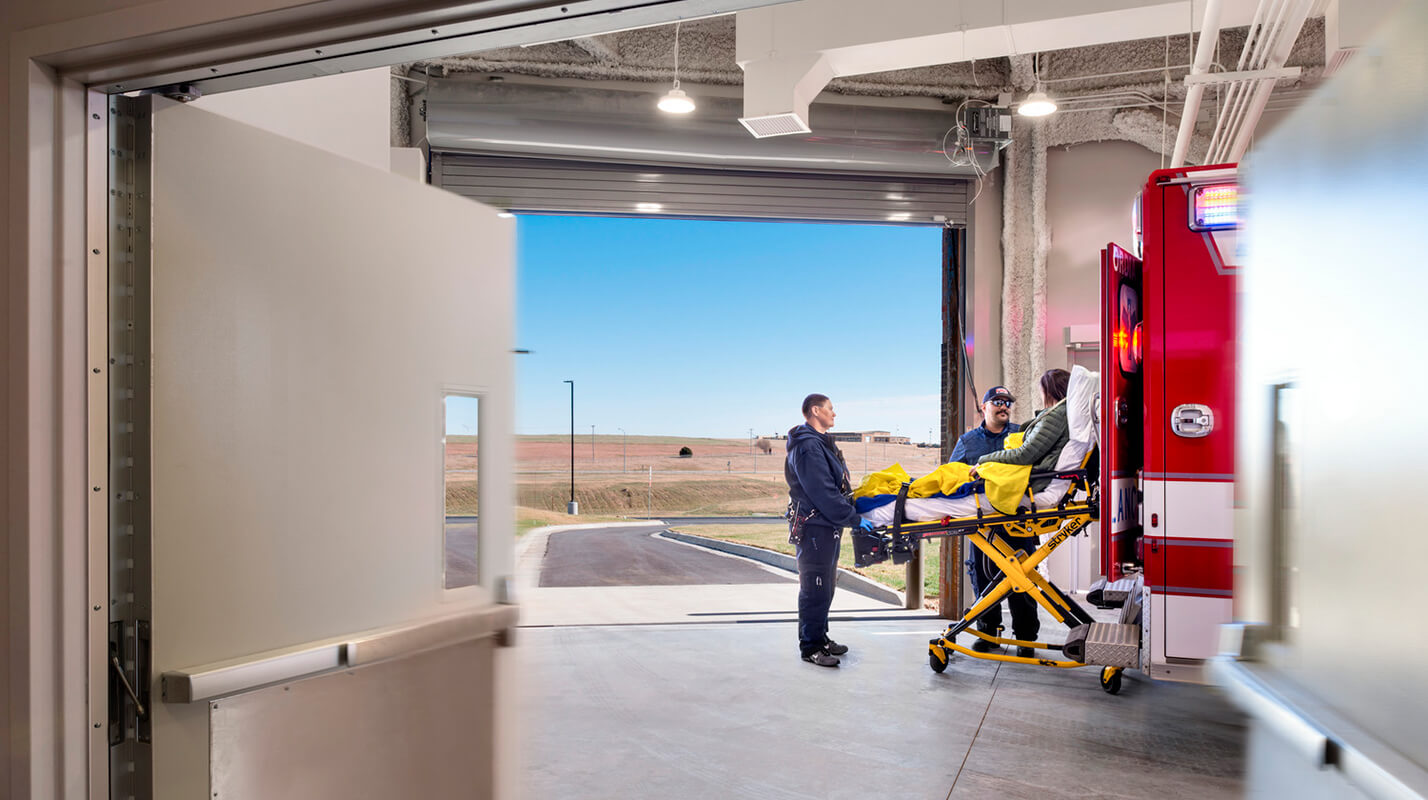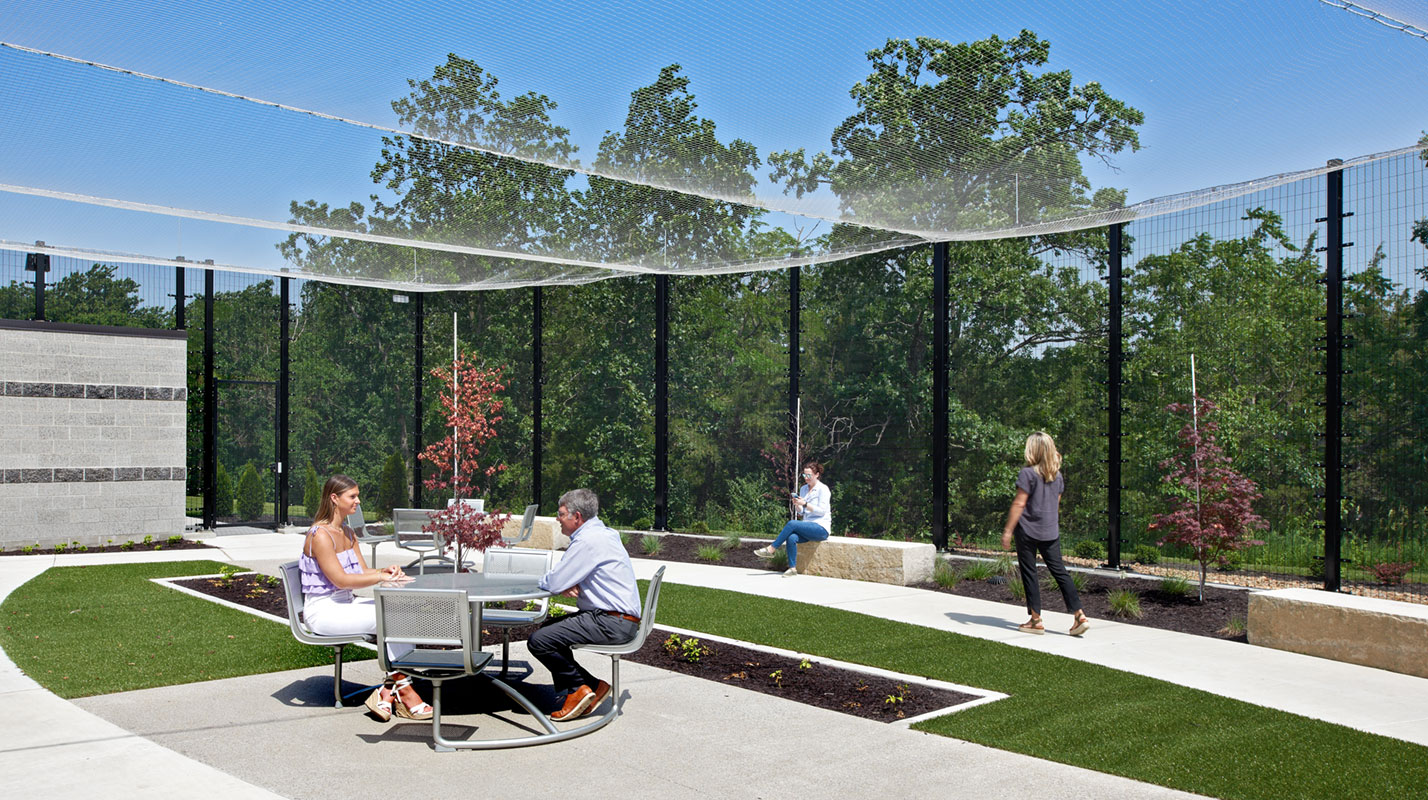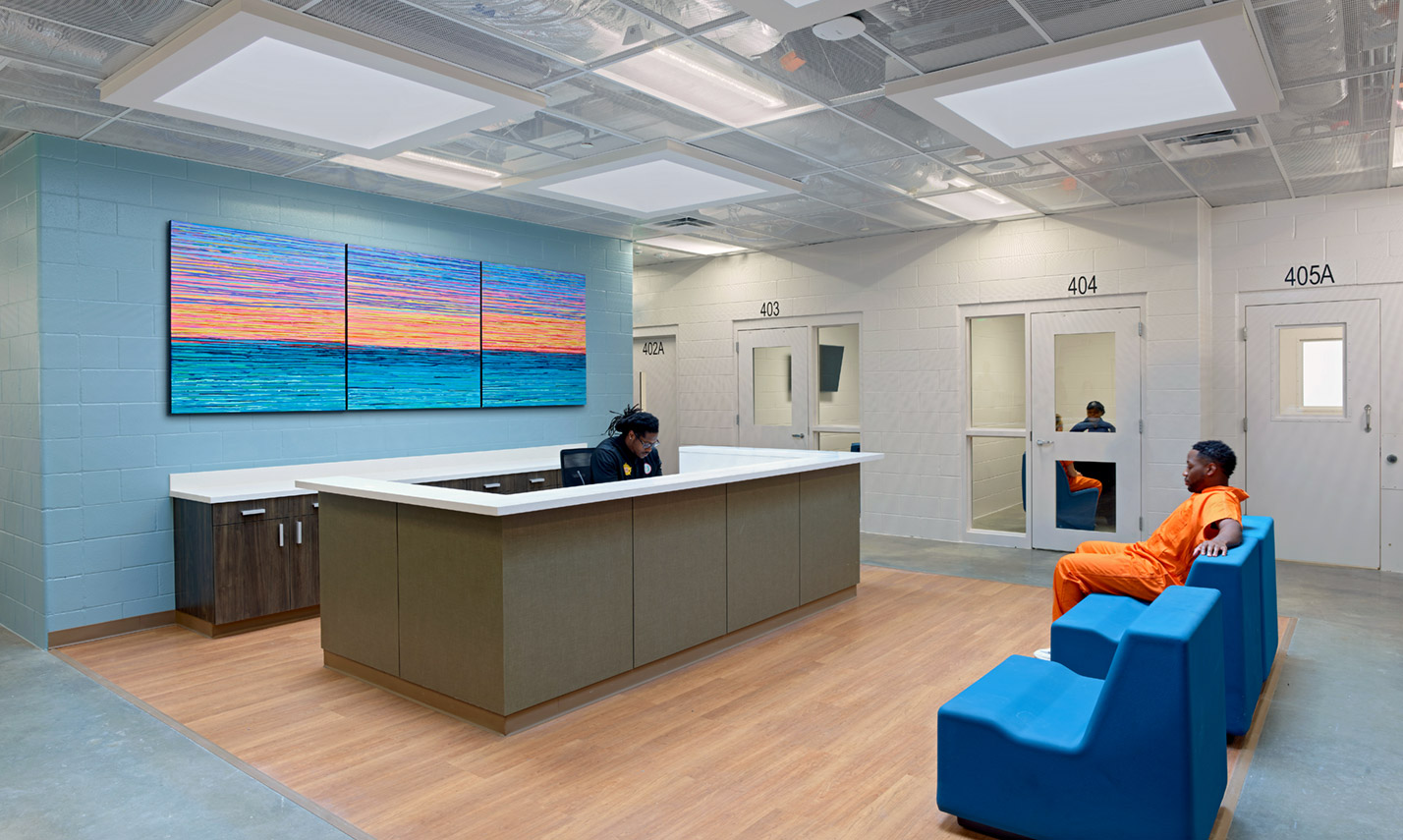Transforming justice facilities through modern healthcare and education design practices
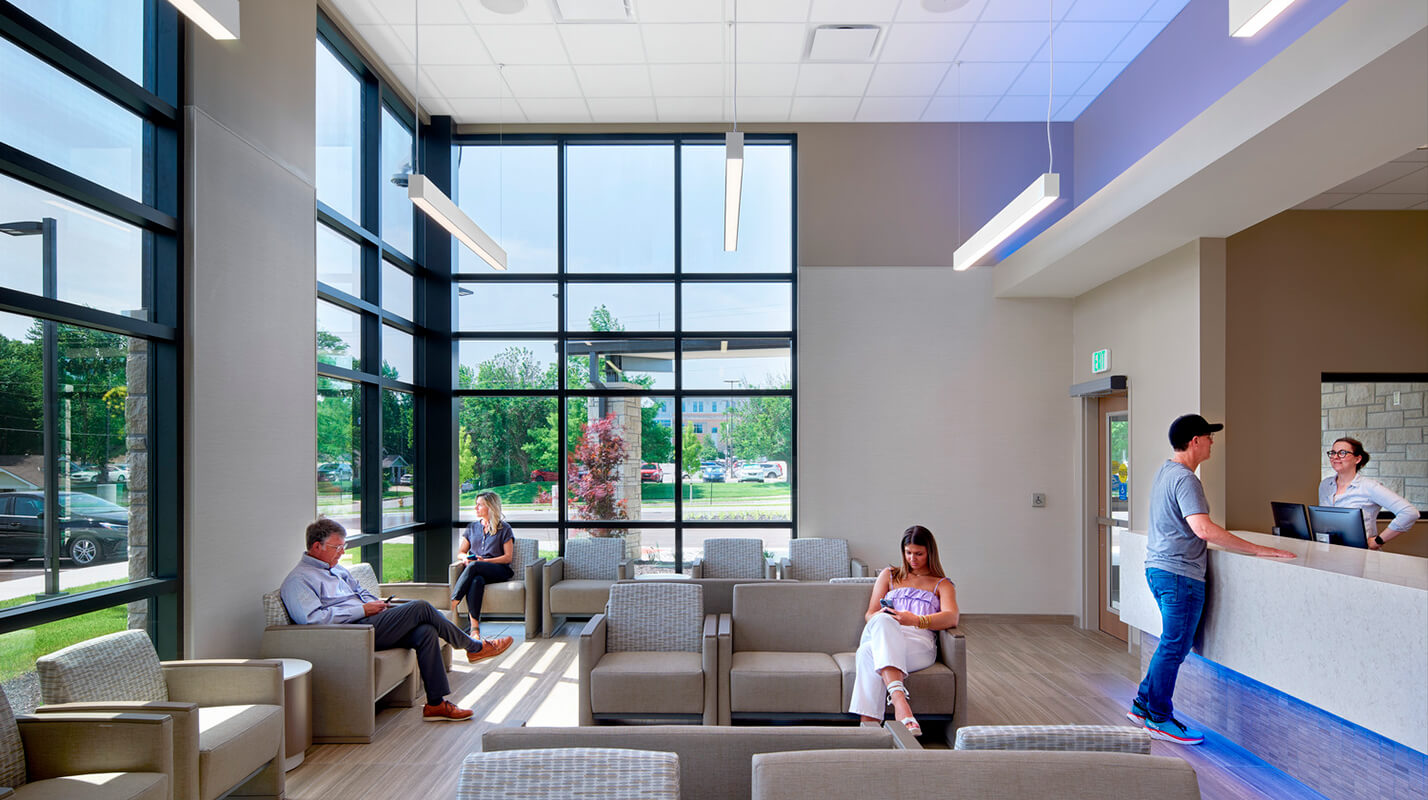
One of the key considerations an architect recognizes when approaching a project is how the design of a physical space will impact end users.
Winston Churchill explained it this way: “We shape our buildings; thereafter, they shape us.”
For justice design, the way we shape buildings has evolved over the past decade, along with the approach to detention itself.
Justice design used to focus on managing incarceration
In the past, the sole function of prisons and jails was to successfully incarcerate people. Between 1972 and 2009, the United States prison population grew by nearly 700%, and despite a decline in recent years, the incarceration rate in the U.S. remains the highest in the world.
In the absence of a structured effort to prepare detainees to re-enter “the real world” successfully, the recidivism rate is also high—a national average of 37% of prisoners released in 2017 were re-incarcerated within four years of their release, according to the Virginia Department of Corrections.
In the past, the focus of detention was incarceration, and that is what the system produced. Form followed function, with the primary considerations for justice facility design being security and capacity to manage the growing in-custody population.
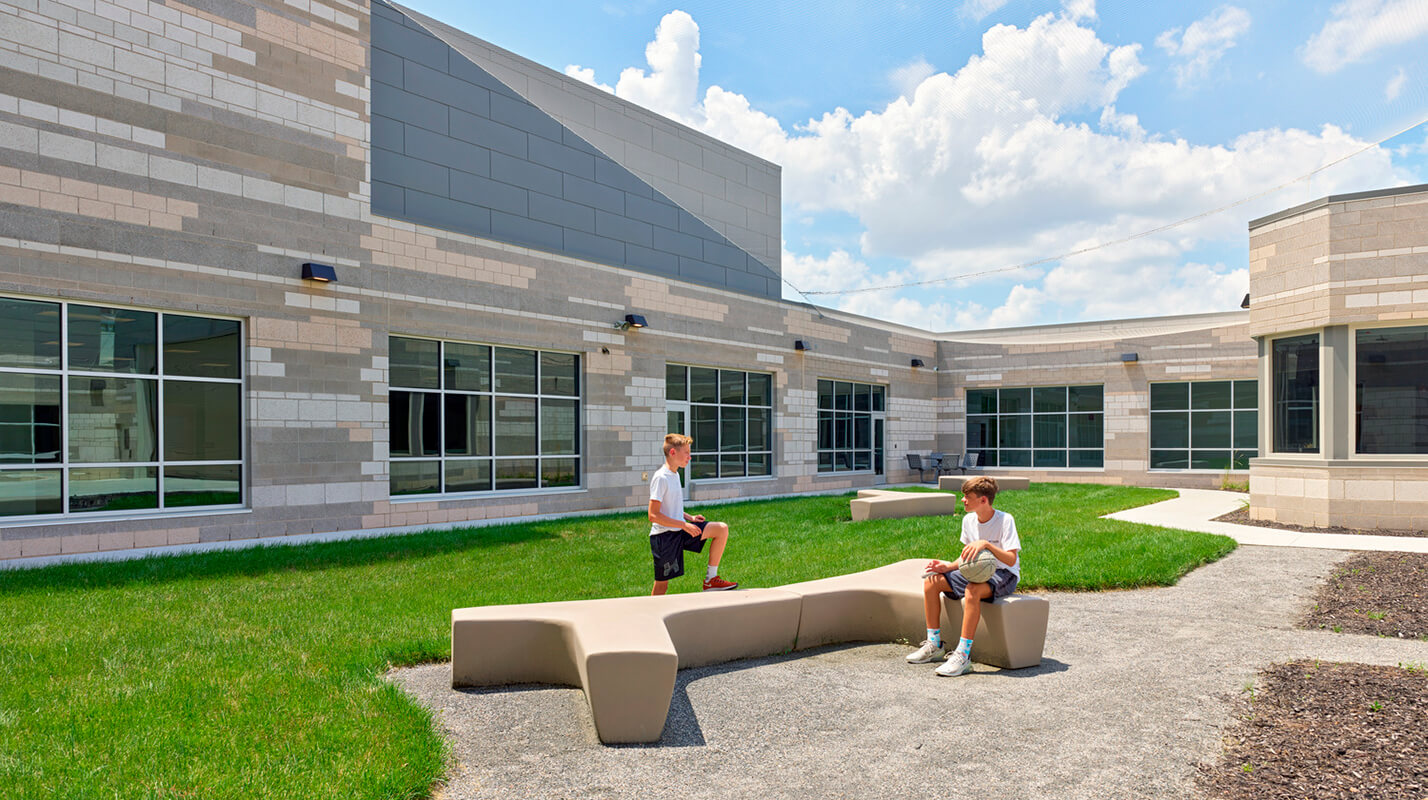
The focus has shifted to rehabilitation and restoration
In the past 10 years, the approach to detention has evolved, precipitated by several factors:
Greater awareness of mental health
Awareness of mental health in the prison population has been heightened, just as it has for the general population. The Bureau of Justice Statistics reported that in 2016, 43% of people in state prisons had been diagnosed with a mental illness.
Changes in the approach to drug offenses
In November 2020, Oregon became the first state to pass a measure to decriminalize drug possession, and over a third of the states have since legalized marijuana. Instead of prosecution, the approach to drug offenses has shifted to reducing incarceration rates for nonviolent offenses and favoring treatment for drug problems over long sentences.
Understanding of the importance of healthcare (highlighted by COVID-19)
Many detention facilities faced significant challenges related to COVID-19 that resulted in a high rate of infection. The pandemic highlighted the importance of access to healthcare and the ability to implement public health strategies to mitigate the spread of disease.
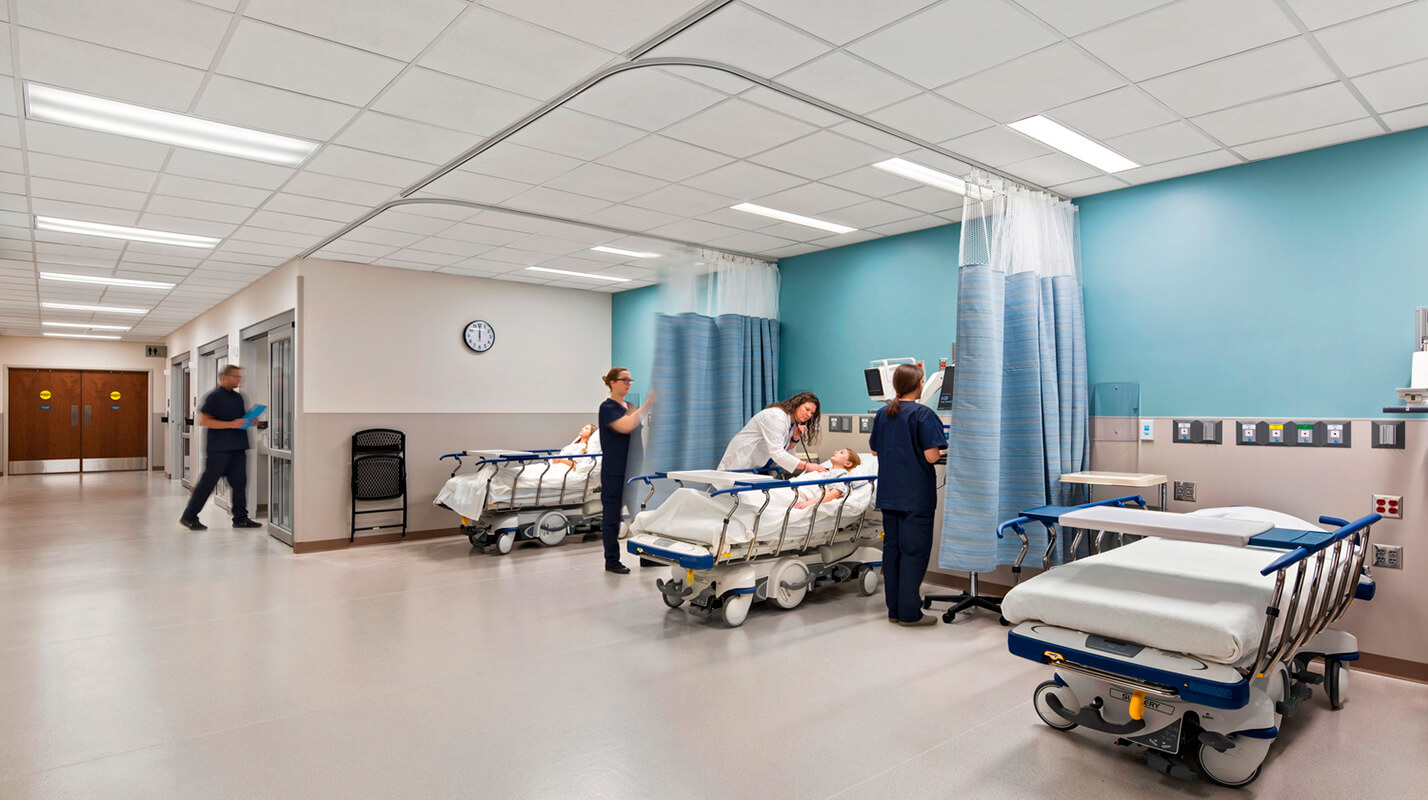
The cost of retaining the status quo
The traditional model of detention facility design is expensive, and it does not produce the most desirable results for the cost. Administrators are under pressure to be good stewards of taxpayer money by managing the rising costs of detention centers. The best long-term solution for lowering costs is by shifting to a rehabilitation-centered approach that reduces the future in-custody population.
Across the country, federal, state, and local administrators struggle to balance these factors and provide healthy spaces that promote rehabilitation for offenders of all ages and backgrounds.
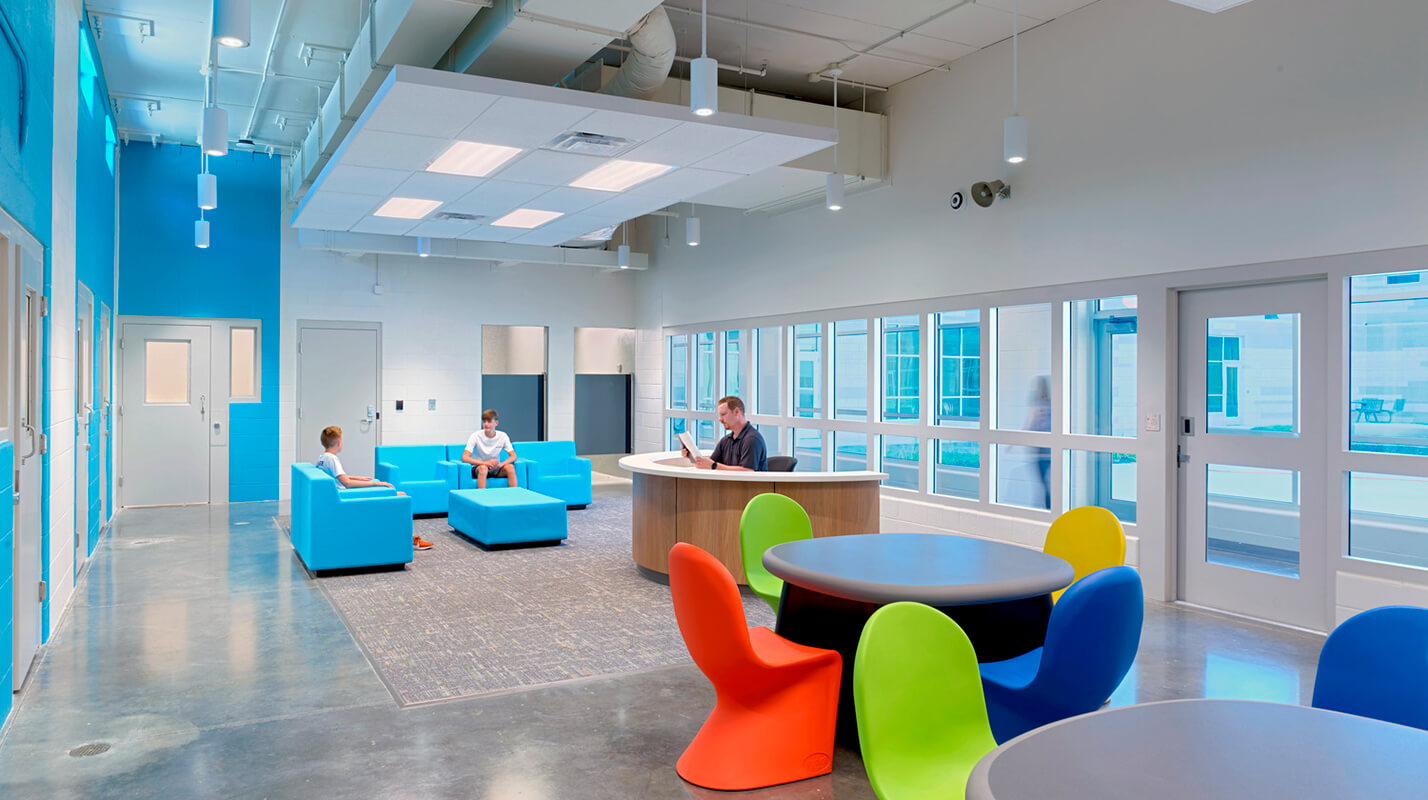
Progressive justice facility design promotes rehabilitation and restoration
If our buildings truly do shape us, then justice facility design plays an essential role in the evolution of the justice system. If we want to promote positive transformation for the incarcerated, we have to look at design differently. Treanor’s Justice studio team members are motivated by the opportunity to promote change by designing spaces that foster wellbeing, rehabilitation, and restoration.
Our diverse portfolio allows our architects access to best practices and innovative solutions from a range of market sectors, and we routinely leverage that scope of focused experience to elevate work across the firm’s practices.
For the Justice studio, this approach naturally leads to collaboration with our Education and Health studios to design justice facilities of the future. With the goals of rehabilitation and restoration, designing spaces promoting health and education is essential.
Leveraging healthcare synergy to shape justice facility design
In addition to the significant percentage of detainees with mental illness, 40% of state and federal prisoners and local jail inmates report having chronic health conditions. Integrating effective healthcare into a secure environment requires careful design considerations and collaboration with the community.
Community service accessibility
Seeing the correlation between “gun and knife” crimes and zip code, Treanor’s healthcare design team worked with the Denver Health and Hospital Authority to locate clinics in hot spot areas, which drives healthcare out to the population most impacted by the need, says Steve Carr, Treanor Health studio principal. Similarly, many communities are developing neighborhood crisis centers to treat behavioral or mental health situations as a diversion strategy that blends healthcare and detention facility design solutions.
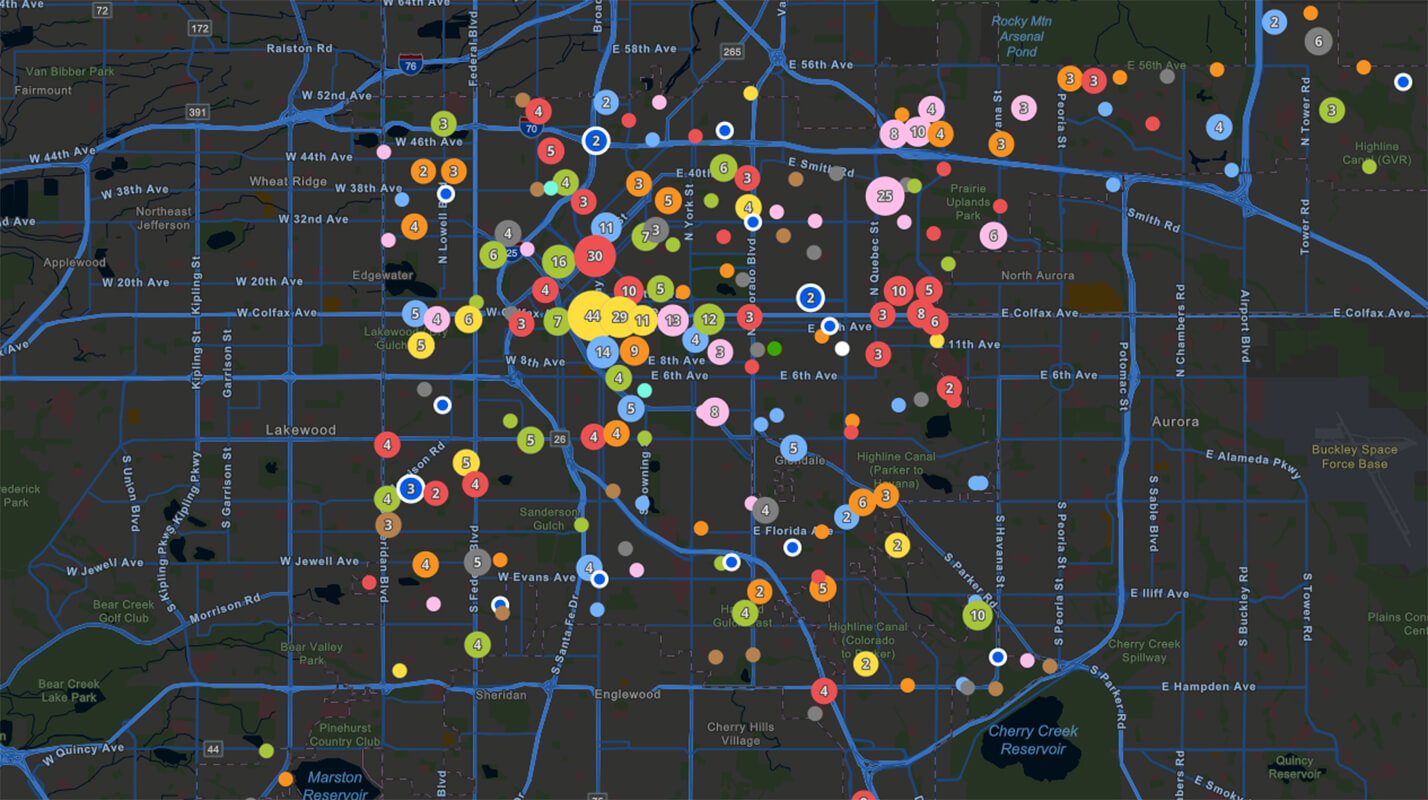
“There was a need to look at medical mental health in Douglas County, Kansas,” says Jeff Lane, Treanor Justice studio principal. “The county partnered with a local hospital and a local mental health non-profit to create a crisis recovery and treatment center where people can go if they’re experiencing drug and addiction issues or mental health issues. This is extremely helpful when another facility like a hospital or resource center just isn’t the type of care needed in that moment.”
Telehealth
The pandemic accelerated the use of telehealth, easing access to primary, specialty, and mental healthcare. Healthcare facilities responded by adapting and equipping spaces for telehealth, with the technology and soundproofing needed to conduct appointments with privacy and professionalism.
“Healthcare is all about the metrics and evidence, where we carefully track analytics including infection control, costs to treat, and obesity rates,” says Carr. Justice facility administrators face significant challenges in providing access to healthcare. In-person appointments require complicated scheduling, transportation, monitoring, and staffing.
“We see the need to track similar performance measures within detention facility clinics and infirmaries, which helps us improve the delivery of healthcare in these spaces. Facilities need to be flexible and designed so every space is multi-purpose.”
Steve Carr, Health studio Principal at Treanor
Improving air quality
Within one year of the pandemic, one in three people in custody had tested positive for COVID-19. There are various reasons for the high infection rates, but one of the primary prevention measures to reduce the spread of disease is to improve air quality.
Health facilities are required to meet stringent standards for air quality. The buildings are designed to optimize airflow patterns, humidity levels, ventilation, and other factors to meet the regulations so frontline workers are protected and the spread of disease is minimized.
“We’re envisioning the same type of attention to building system details in detention facilities,” says Carr. “The pandemic changed the way we approach airborne transmission, and our healthcare designs set the standard for other types of high-density living spaces like detention centers.”
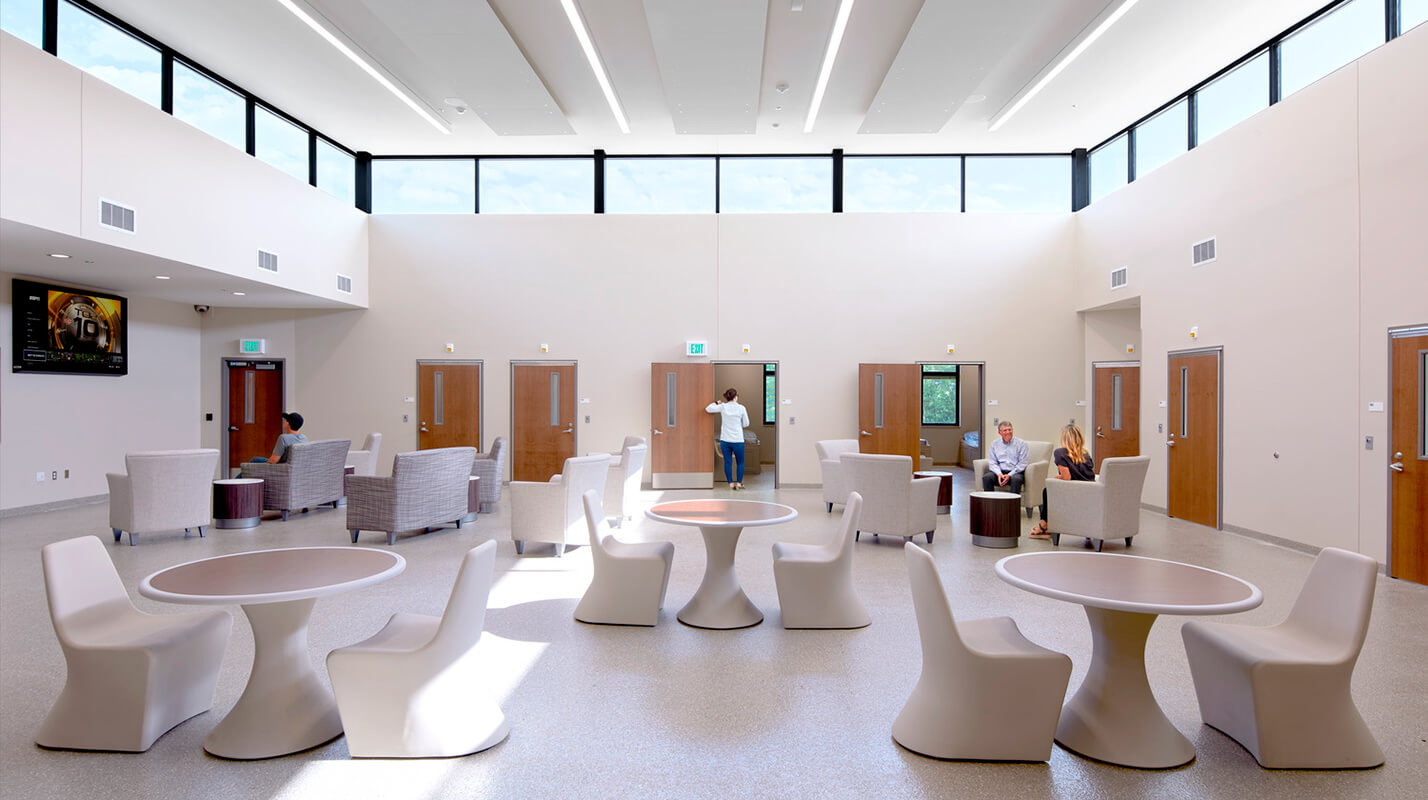
Maximizing educational design strategies for justice facilities
People in custody are significantly less likely to have completed high school or its equivalent than those in the general population. Most state prisons provide educational programs for detainees, which includes basic education, high school courses, or vocational training. Nearly two-thirds of state prison inmates with learning disabilities did not complete high school or a GED. Providing educational resources for detainees is an important factor as justice facility design transforms from incarceration to rehabilitation and restoration.
Incorporating flex space
It’s important to note that in today’s schools, every room is multi-purpose. Instead of a lecture-driven approach, teaching now prioritizes collaboration and group work. Modern classrooms are designed for flexibility depending on the instructor’s needs and the day’s lesson. Likewise, progressive justice facilities should recognize the value of flexible spaces to accommodate all types of detainee learning challenges.
As a recognized high school designer, Treanor works with administrators, teachers, students, and community members to create educational spaces that blend traditional curriculum with career technical education (CTE) that provide a pathway for students beyond graduation, says Stephanie Evans, Treanor Education studio principal.
“We design each space to accommodate a variety of equipment requirements that can be changed as student preferences adapt to in-demand careers. Every space is a learning space, and many high schools are now providing training and hands-on learning. We see the opportunity to design similar types of classroom and learning spaces in detention facilities to provide residents with in-demand skills for life after detention.”
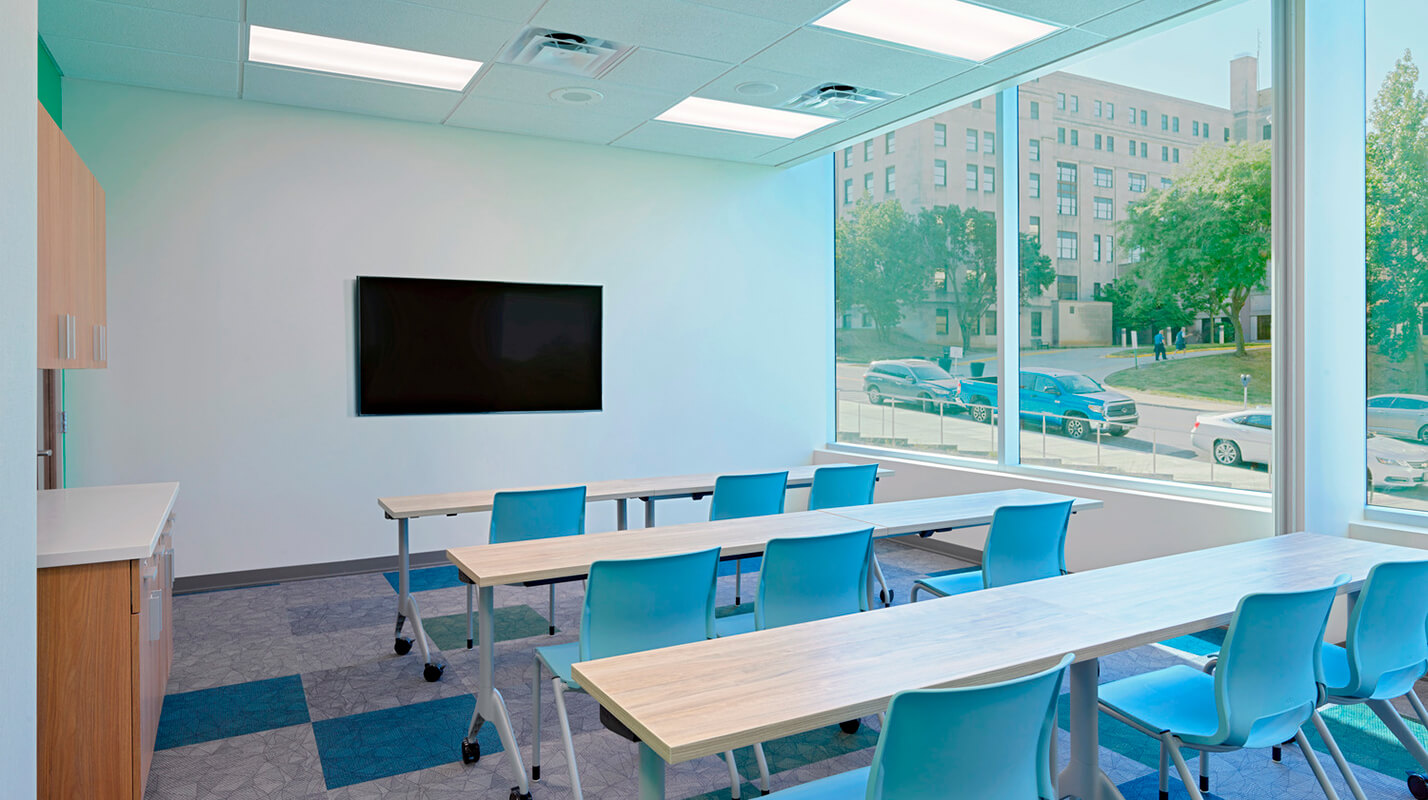
Enhancing safety and security
Detention facilities are moving toward more dynamic environments that promote wellbeing and allow for greater movement and interaction for the detainee population, but that cannot come at the expense of safety and security.
School administrators have also become experts on safety and security—it is a $3 billion a year industry. Schools, by nature, involve a high level of activity and movement, but modern schools integrate interior and exterior visibility, transparency, video monitoring, and calming design to create secure environments.
Detention facilities and schools share many security strategies, such as interior and exterior visibility, position monitors, cameras, and electronic access, says Stephanie.
“While security is paramount at a detention facility, we can apply school practices to reduce staff and resident stress as we design facilities that focus on rehabilitation and restoration.”
Stephanie Evans, PK-12 Education studio Principal at Treanor
“We make sure the facility is secure with condensed security zones because non-secure zones are healthier when they are focused on recovery, rehabilitation, and education.
“Just like schools are designed for the learner’s success, we’re seeing detention facility solutions that are more livable and tied back to mental wellness,” she says.
“And just like schools are the centers of communities, we see the need for detention facilities to provide a variety of respite services to diverse populations. We don’t want to add layers of stress-producing security, and we want schools to be a place where children can feel safe and secure.”
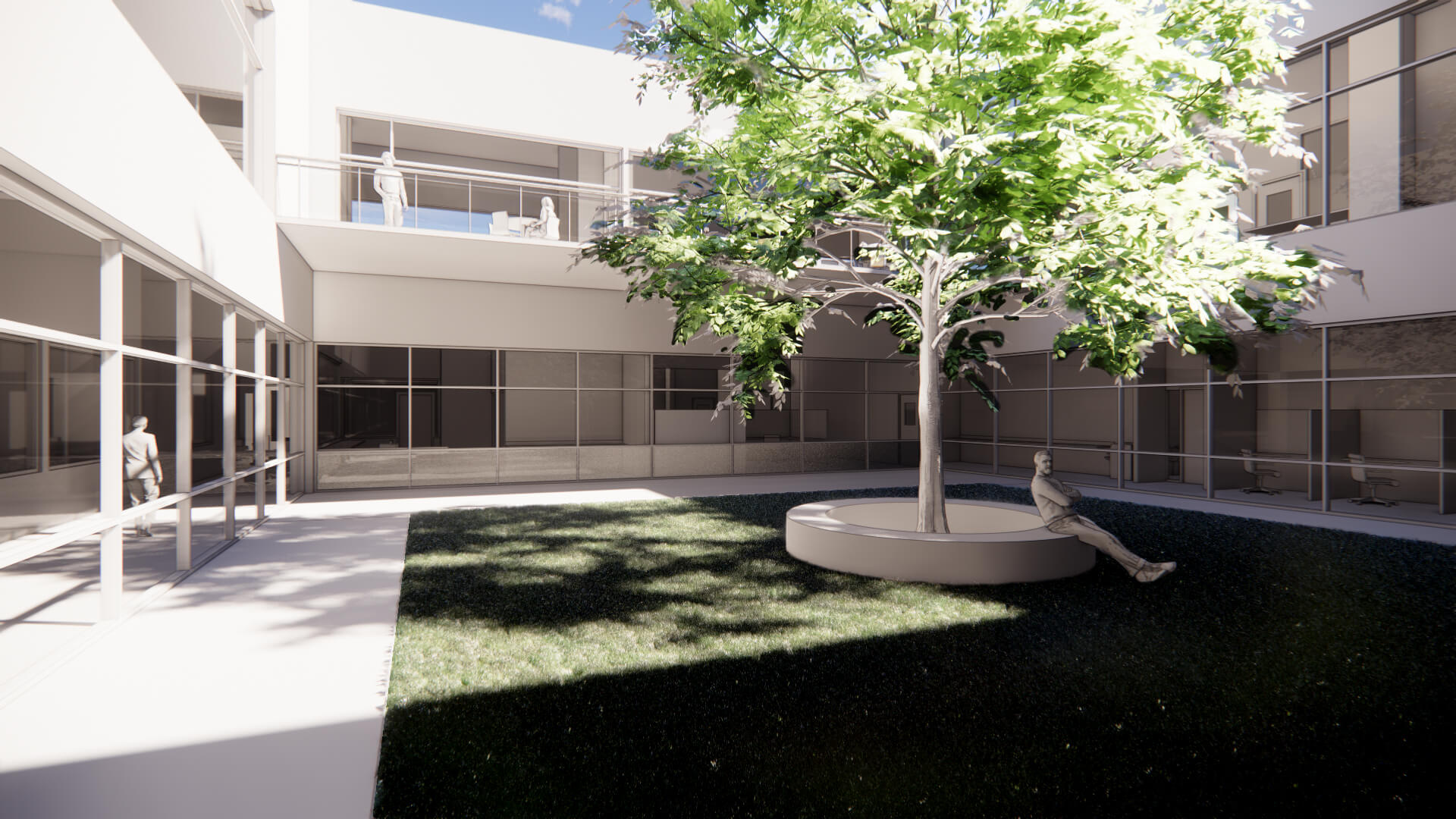
Treanor is designing a juvenile justice center in Williamson County, Tennessee, which includes education spaces for both in-custody youth and an alternative school designed for up to 150 middle and high school students. This trend-setting project recognizes the need for early intervention and a heavy focus on educational needs, says Treanor Justice Principal Andy Pitts.
“The alternative school is designed to the standards of all other schools within the district with a higher degree of flexibility designed to support the varied student body. Co-locating the school with the juvenile justice center allows the students to have direct access to programs and services to help them get back on a positive path.”
A case study: transforming detention to healthy, education-focused rehabilitation at the Fulton County Jail in Atlanta
Treanor is part of the movement to reimagine justice facilities with enlightened processes, programs, and environments that inspire positive change and facilitate public safety. Treanor and STV Architects, Inc. formed a joint venture to deliver a trail-blazing feasibility study to transform the Fulton County Jail in Atlanta, Georgia. This is one of the first and largest studies of this type, and it is notable for the complexity of urban issues facing the re-visioning of a jail that no longer serves its original design intent. The goal is to plan and design a facility that is humane, full of light and hope, and a safe environment conducive to positive change.
This study is data-driven and evidence-based, and it addresses facility utilization, physical plant, and staff and operating costs. One major study element involves evaluating the alternatives to incarceration, where we provide recommendations that address the health and educational needs of populations. We worked with stakeholders across several social services sectors to provide jail options and scenarios that allow flexibility and spaces for restoration and rehabilitation.
The design team met with Fulton County Commissioners and Probate, State, Juvenile, Magistrate and Superior Court Judges. We also sought input from justice agencies, such as the District Attorney, Public Defender, and Solicitor, as well as County executive directors for finance, operations, public works, auditor, police, external affairs, HIV elimination, and the behavioral health department director. External stakeholders included regional mayors, police chief, and public affairs personnel, as well as the state correctional office, NaphCare, and the Atlanta Police Foundation. Other community and non-profit organizations were also included in the conversations.
The feasibility study was completed in December 2022, providing recommendations that set Fulton County apart as a reimagined detention center that transforms the face of justice facility design.
Summary
When 21st-century justice facilities serve the needs of the in-custody, staff, administrators, and stakeholders, the entire community benefits with renewed restoration and opportunities for detainees. The ripple effect of transforming today’s facilities into spaces that are designed for security, safety, health, and education will impact urban and rural communities for generations to come.
Authors
Stay on the leading edge
Stay up to date on emerging trends, research, hot topics, and more delivered conveniently to your inbox.
"*" indicates required fields
